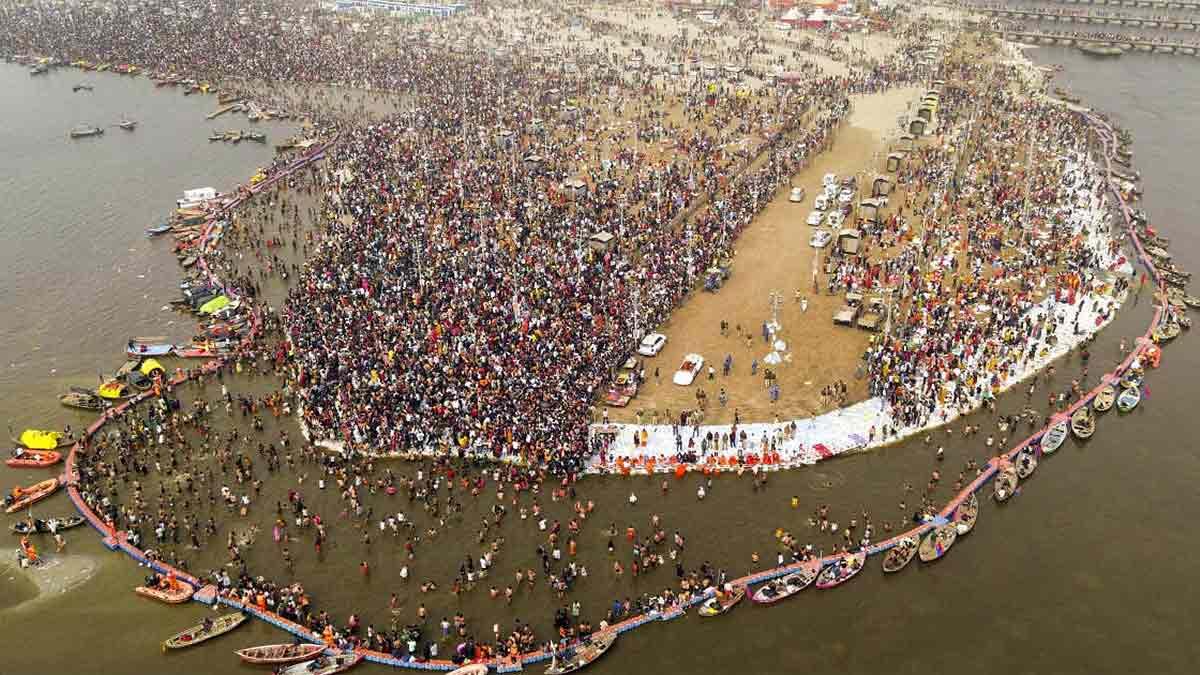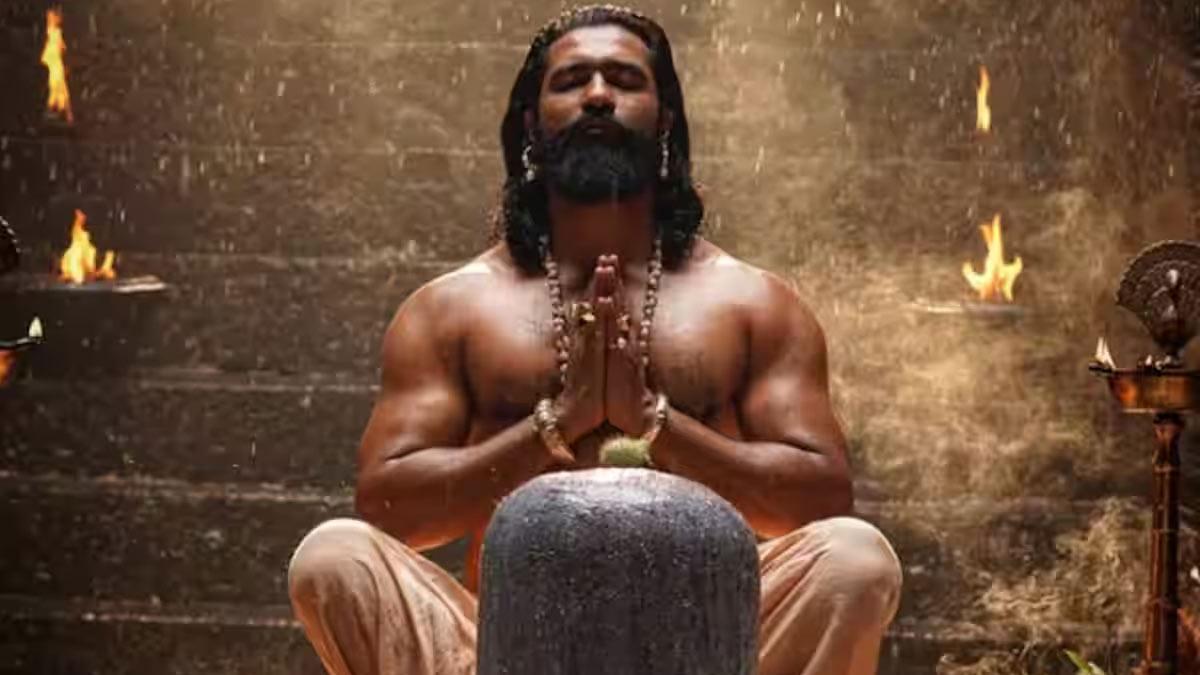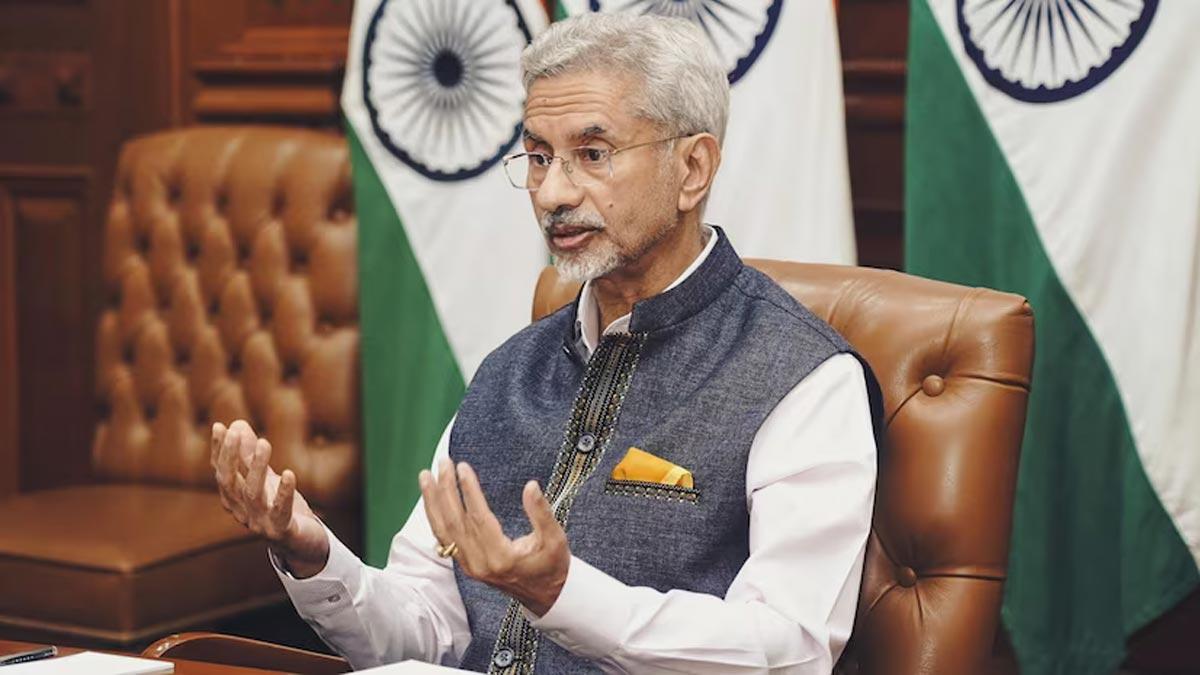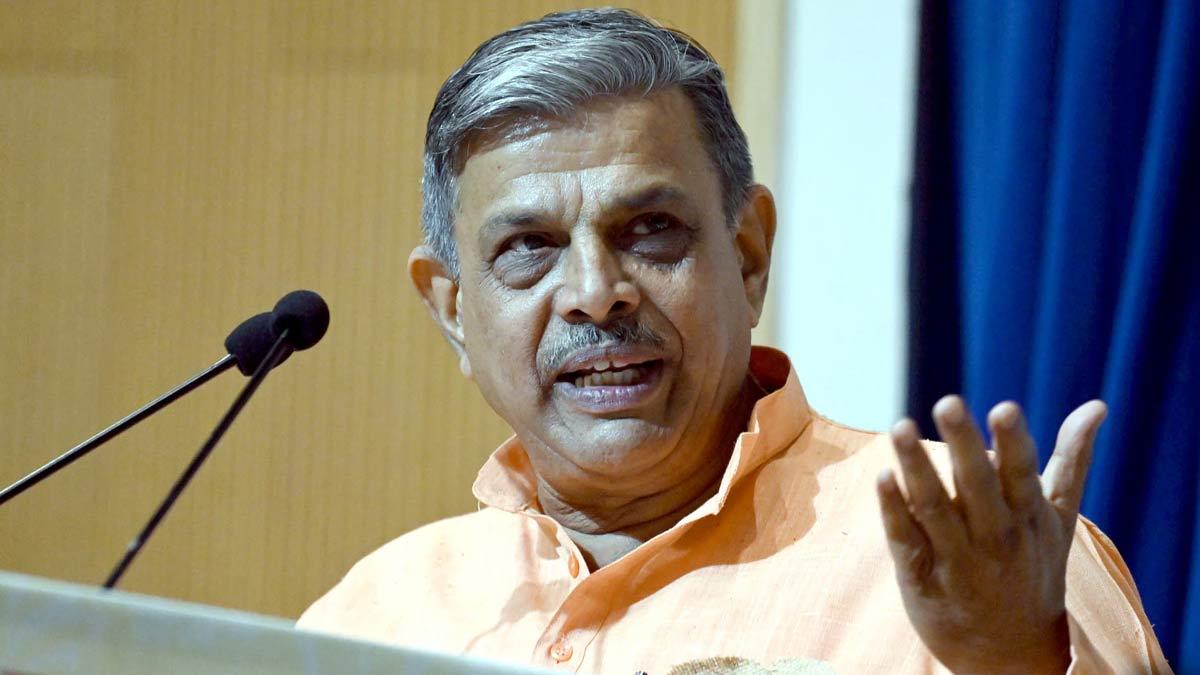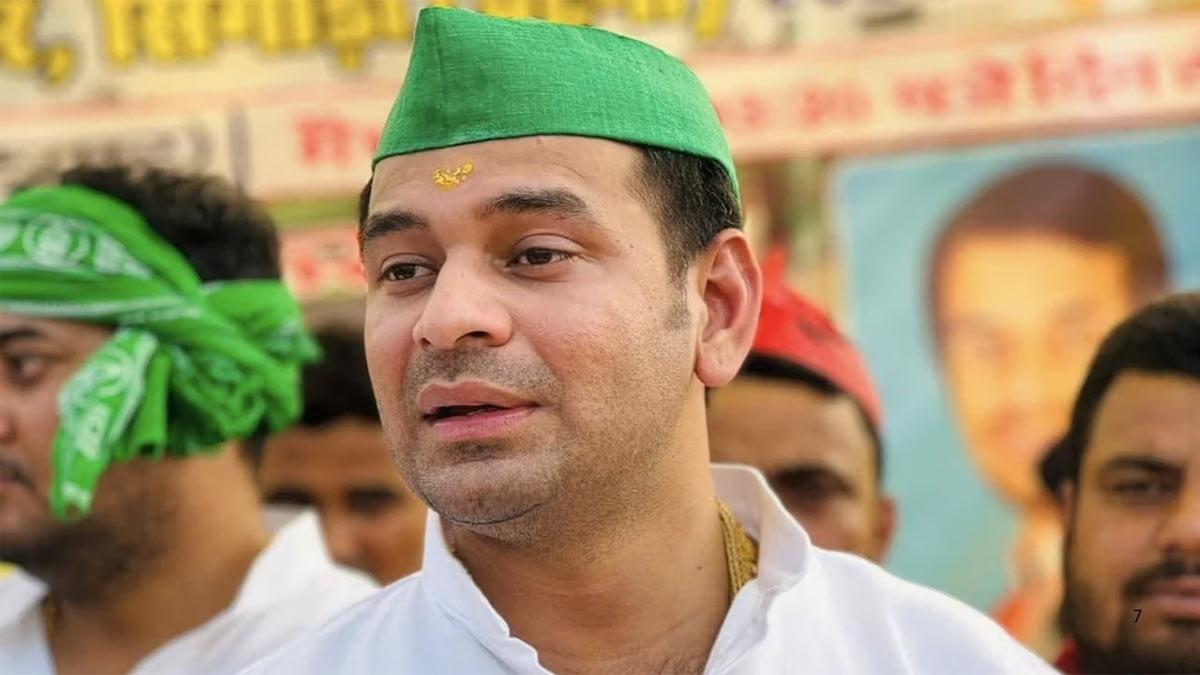The grand 45-day-long Maha Kumbh Mela, one of the world's largest spiritual festivals, ended in spectacular style on Wednesday. Millions of pilgrims gathered at the holy Triveni Sangam in Prayagraj to take part in the last 'Amrit Snan' (sacred dip) on the sacred day of Maha Shivratri.
As the air was filled with "Har Har Mahadev" chants, over 1.32 crore pilgrims plunged into the union of the Ganges, Yamuna, and the legendary Sarasvati rivers. This was the culmination of a remarkable spiritual odyssey, with the pilgrims believing that the holy bath would cleanse their souls and grant them the divine favor of Lord Shiva.
The magnitude of this year's Maha Kumbh Mela itself was unprecedented. Official numbers suggest that more than 65 crore individuals attended Prayagraj during the fair, and it is one of the largest religious gatherings the world has ever witnessed.
The festival garnered huge international interest, with prominent global media channels reporting on its majesty. 'The Wall Street Journal' highlighted the mind-boggling number of visitors, citing that the Kumbh Mela welcomed more pilgrims than the entire population of the United States. In contrast, 'CNN' emphasized the religious aspect of the rituals, specifically the sight of ash-smeared Naga Sadhus and the ancient traditions practiced at the Sangam.
In spite of the huge inflow of devotees, the event was characterized by well-planned logistics and effective management. Security was substantially increased, with police personnel, paramilitary personnel, and disaster response teams working in coordination. Sophisticated surveillance equipment, such as AI-based cameras and drones, were used to keep track of the huge crowds in real-time.
For smooth movement and maintenance of order, authorities established a "no vehicle zone" in the Mela area as well as other areas of Prayagraj. The North Eastern Railway (NER) added extra trains to help with the influx of pilgrims going and coming into the city.
The Uttar Pradesh state government took a keen interest in ensuring the smooth conduct of the festival. Chief Minister Yogi Adityanath himself tracked the events from the control room at Gorakhpur, making sure that pilgrims were able to perform the religious rituals unhindered. There was a strong security cover everywhere, protecting pilgrims while maintaining the spiritual purity of the event.
One of the most visually impressive moments on the last day was the majestic floral offering at the Sangam. In a stunning spectacle of piety, 20 quintals of rose petals cascaded over the pilgrims during their final dip, filling the air with an otherworldly vision. The scented petals, raining from the skies, represented blessings of the divine and wishes granted, adding a touch of grandeur to the spiritual fare.
The gesture, promoted by the Uttar Pradesh state government in the agriculture minister tenure of Yogi Adityanath, was a sincere gesture of respect to the millions of devotees who had traveled to join in the sacred rituals. It heightened the sense of festivity, making the pilgrims feel most deeply connected spiritually.
Maha Kumbh Mela is more than just a religious festival—it is an expression of devotion, harmony, and unshaken faith. For 45 days, pilgrims with varied backgrounds converged at the Sangam, bound together by a shared spiritual mission. The vision of millions arriving from every nook and corner of India and the world highlighted the strength of faith in uniting human beings.
Aside from the rituals, the festival served as an important event to bring a sense of common culture and faith. The gathering of people despite regional, language, and cultural divides solidified the Maha Kumbh Mela's place as an emblem of India's diverse spiritual heritage, still influencing generations to this day.
During the festival, six important bathing dates—Paush Purnima, Makar Sankranti, Mauni Amavasya, Basant Panchami, Maghi Purnima, and Maha Shivratri—were celebrated with utmost piety. Each was spiritually significant, attracting large numbers of people to take sacred dips and pray at the temporary temples erected for the purpose.
The last day, Maha Shivratri, was particularly significant, marking both the end of the festival and a tribute to Lord Shiva. The followers prayed, performed rituals, and recited hymns, honoring the divine presence of Lord Shiva and his timeless union with Goddess Parvati.
Maha Kumbh Mela, even though traditional Indian in character, has emerged as a transnational phenomenon today with tourists hailing from various countries of the globe. People from Nepal, Sri Lanka, America, Russia, Italy, and Japan flocked to partake in the festivities, enchanted by the event's spiritual dimensions.
For most, a visit to the Maha Kumbh Mela is a life-changing experience—a chance to ask for divine blessings, purify the soul, and be a part of a shared expression of faith. As the last 'Amrit Snan' on Maha Shivratri brought the 2025 Maha Kumbh Mela to a close, it left an indelible mark on those who saw its grandeur.
From the breathtaking floral showers to the profound spiritual experience of taking a dip in the holy waters, this year's Maha Kumbh Mela will be remembered as a celebration of faith, unity, and divine grace.
Read also| BSF Foils Infiltration Attempt, Neutralizes Pakistani Intruder at Pathankot Border
Read also| Watch| Rose Petals Showered on Devotees as Maha Kumbh Concludes with Mahashivratri Snan

